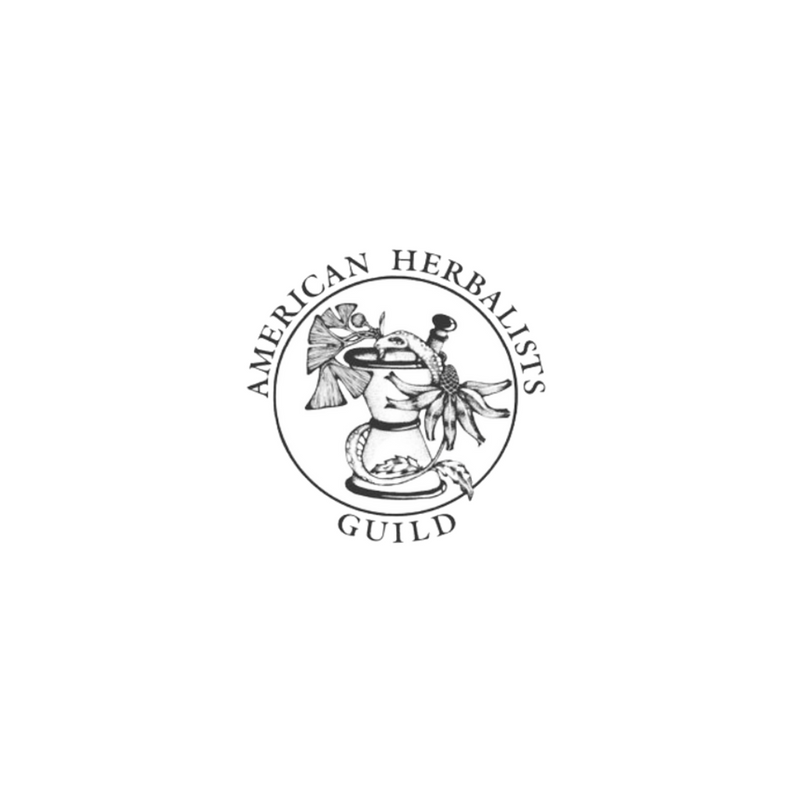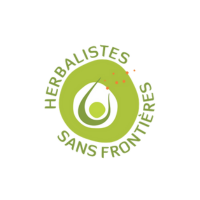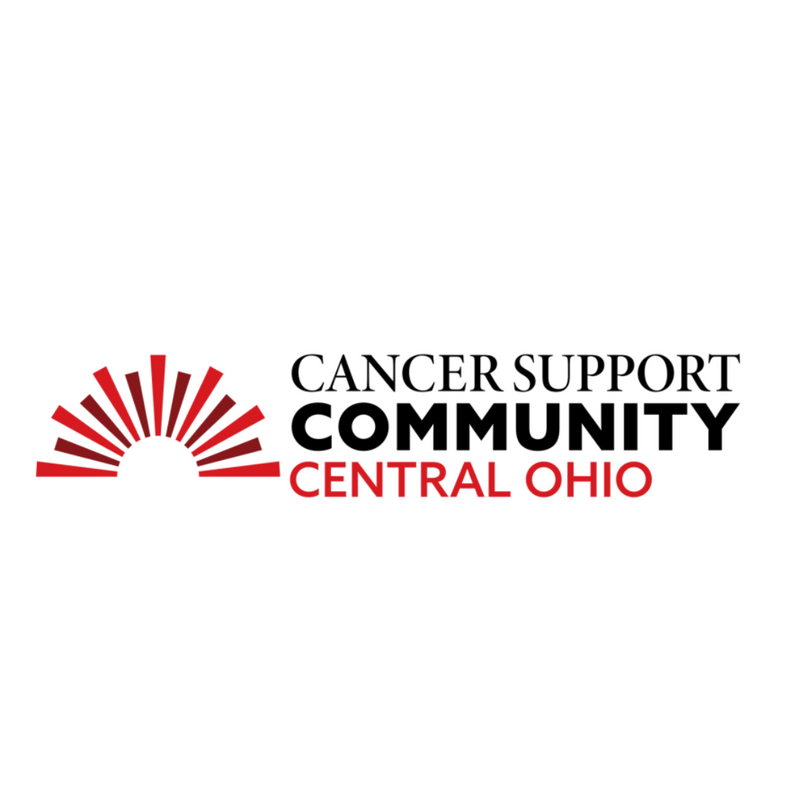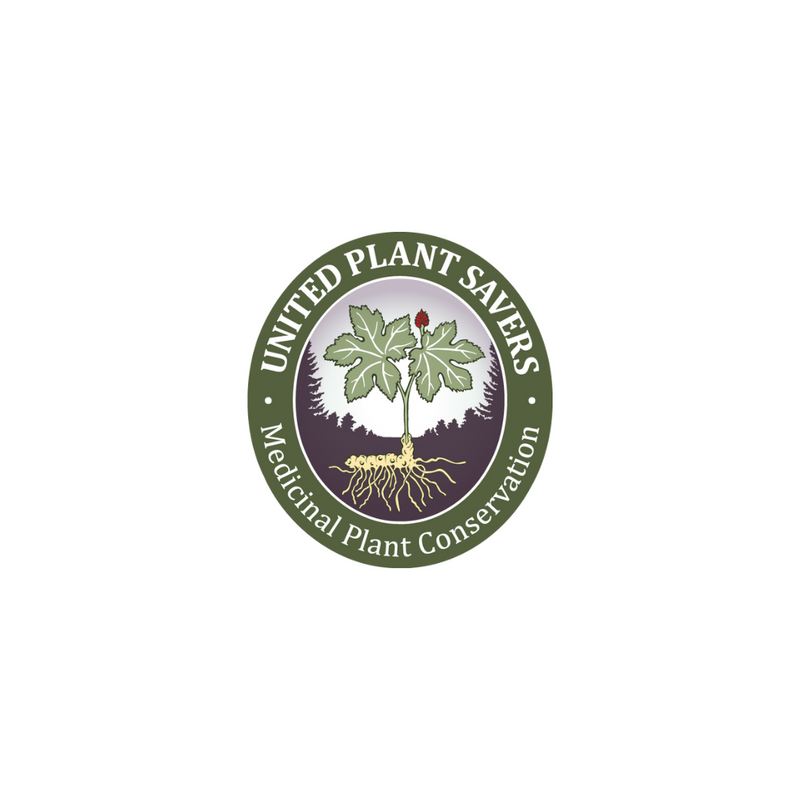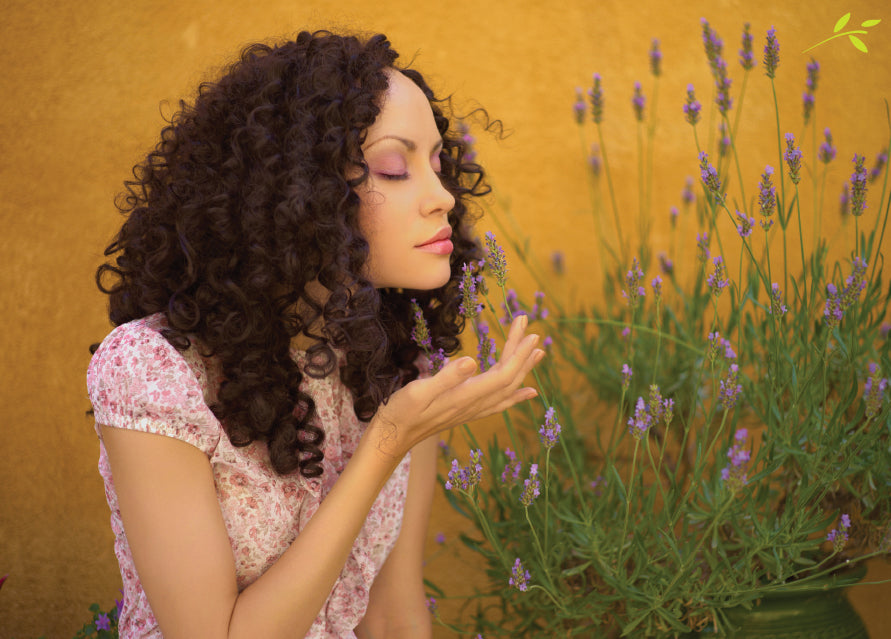
Essential Oil Safety, Part One
Share
Ever since I had a brick and mortar shop (Boline Apothecary), I have become dedicated to educating people on this topic. So many people (I had no idea exactly how many until the store) have no idea how to use, store, and dispose of these products safely.
 Many get a lot of information from MLM sales reps and the internet, and much of this information is just plain wrong and designed to make people use (and therefore buy) more essential oils, regardless of safety or sustainability issues. I am here to provide a voice of reason- one that is not trying to sell you bunch of oils.
Many get a lot of information from MLM sales reps and the internet, and much of this information is just plain wrong and designed to make people use (and therefore buy) more essential oils, regardless of safety or sustainability issues. I am here to provide a voice of reason- one that is not trying to sell you bunch of oils.
As a person trained in botanical medicine, the rise in unbridled popularity of essential oils concerns me greatly. I am concerned for individuals' health as well as the planet's health in general. These may be sourced from plants, but they are not exactly "natural" products. And they take a lot of resources to make.
To make essential oils, you use hundreds of pounds to get very little product, and this sort of pillaging of resources can be quite damaging to the environment. If using cultivated plants, it creates huge monoculture farms that deplete the soil of resources if not done well. If wildcrafted, there are no safeguards to ensure resources and ecosystems stay intact from harvesters. Most EO companies have little to no connection to the plants they use. I can think of only a handful that grow their own or know the farmers personally that grow their plant material.
 And many companies have been fined for violating the endangered species act and trafficking in endangered botanicals- but those fines are simply a cost of doing business for them. They continue to pilfer Frankincense, Palo Santo, and Sandalwood and soon these forests may disappear completely.
And many companies have been fined for violating the endangered species act and trafficking in endangered botanicals- but those fines are simply a cost of doing business for them. They continue to pilfer Frankincense, Palo Santo, and Sandalwood and soon these forests may disappear completely.
Further, just because a product has natural sourcing, does not make it safe for all in all methods of use. Arsenic occurs naturally, but it is not safe. Many populations would do better to use herbs over essential oils: children under 10, pregnant and lactating folks, the elderly, and the immune-compromised.
 And far too many products contain these trendy oils these days, leading to a possible sensitization issue. When we expose ourselves too much or too often to these powerful chemicals, we could have adverse skin (burns, rashes), respiratory (failure to breathe, asthma attacks), or neurological effects (seizures).
And far too many products contain these trendy oils these days, leading to a possible sensitization issue. When we expose ourselves too much or too often to these powerful chemicals, we could have adverse skin (burns, rashes), respiratory (failure to breathe, asthma attacks), or neurological effects (seizures).
It is up to consumers (especially in the US where EOs are extremely popular) to educate themselves on how to use EOs properly, how to select a brand that is responsible, and when to use EOs and when to use another form of remedy.
Because EOs are remedies, meaning they are meant to be used for acute situations, not as a general wellness tonic. They are not meant for daily use. They are highly concentrated and meant to be use in tiny amounts, sparingly. This is NOT how MLM companies, especially refer to them.
Part One of this blog series talked about EO safety myths and who perpetuates them.
Part Two of this blog series talked about the safe way to use EOs.
Part Three talks about how to select a good brand of EO, just by looking at packaging, websites, and marketing.
 Many get a lot of information from MLM sales reps and the internet, and much of this information is just plain wrong and designed to make people use (and therefore buy) more essential oils, regardless of safety or sustainability issues. I am here to provide a voice of reason- one that is not trying to sell you bunch of oils.
Many get a lot of information from MLM sales reps and the internet, and much of this information is just plain wrong and designed to make people use (and therefore buy) more essential oils, regardless of safety or sustainability issues. I am here to provide a voice of reason- one that is not trying to sell you bunch of oils.As a person trained in botanical medicine, the rise in unbridled popularity of essential oils concerns me greatly. I am concerned for individuals' health as well as the planet's health in general. These may be sourced from plants, but they are not exactly "natural" products. And they take a lot of resources to make.
To make essential oils, you use hundreds of pounds to get very little product, and this sort of pillaging of resources can be quite damaging to the environment. If using cultivated plants, it creates huge monoculture farms that deplete the soil of resources if not done well. If wildcrafted, there are no safeguards to ensure resources and ecosystems stay intact from harvesters. Most EO companies have little to no connection to the plants they use. I can think of only a handful that grow their own or know the farmers personally that grow their plant material.
 And many companies have been fined for violating the endangered species act and trafficking in endangered botanicals- but those fines are simply a cost of doing business for them. They continue to pilfer Frankincense, Palo Santo, and Sandalwood and soon these forests may disappear completely.
And many companies have been fined for violating the endangered species act and trafficking in endangered botanicals- but those fines are simply a cost of doing business for them. They continue to pilfer Frankincense, Palo Santo, and Sandalwood and soon these forests may disappear completely. Further, just because a product has natural sourcing, does not make it safe for all in all methods of use. Arsenic occurs naturally, but it is not safe. Many populations would do better to use herbs over essential oils: children under 10, pregnant and lactating folks, the elderly, and the immune-compromised.
 And far too many products contain these trendy oils these days, leading to a possible sensitization issue. When we expose ourselves too much or too often to these powerful chemicals, we could have adverse skin (burns, rashes), respiratory (failure to breathe, asthma attacks), or neurological effects (seizures).
And far too many products contain these trendy oils these days, leading to a possible sensitization issue. When we expose ourselves too much or too often to these powerful chemicals, we could have adverse skin (burns, rashes), respiratory (failure to breathe, asthma attacks), or neurological effects (seizures).It is up to consumers (especially in the US where EOs are extremely popular) to educate themselves on how to use EOs properly, how to select a brand that is responsible, and when to use EOs and when to use another form of remedy.
Because EOs are remedies, meaning they are meant to be used for acute situations, not as a general wellness tonic. They are not meant for daily use. They are highly concentrated and meant to be use in tiny amounts, sparingly. This is NOT how MLM companies, especially refer to them.
Part One of this blog series talked about EO safety myths and who perpetuates them.
Part Two of this blog series talked about the safe way to use EOs.
Part Three talks about how to select a good brand of EO, just by looking at packaging, websites, and marketing.

